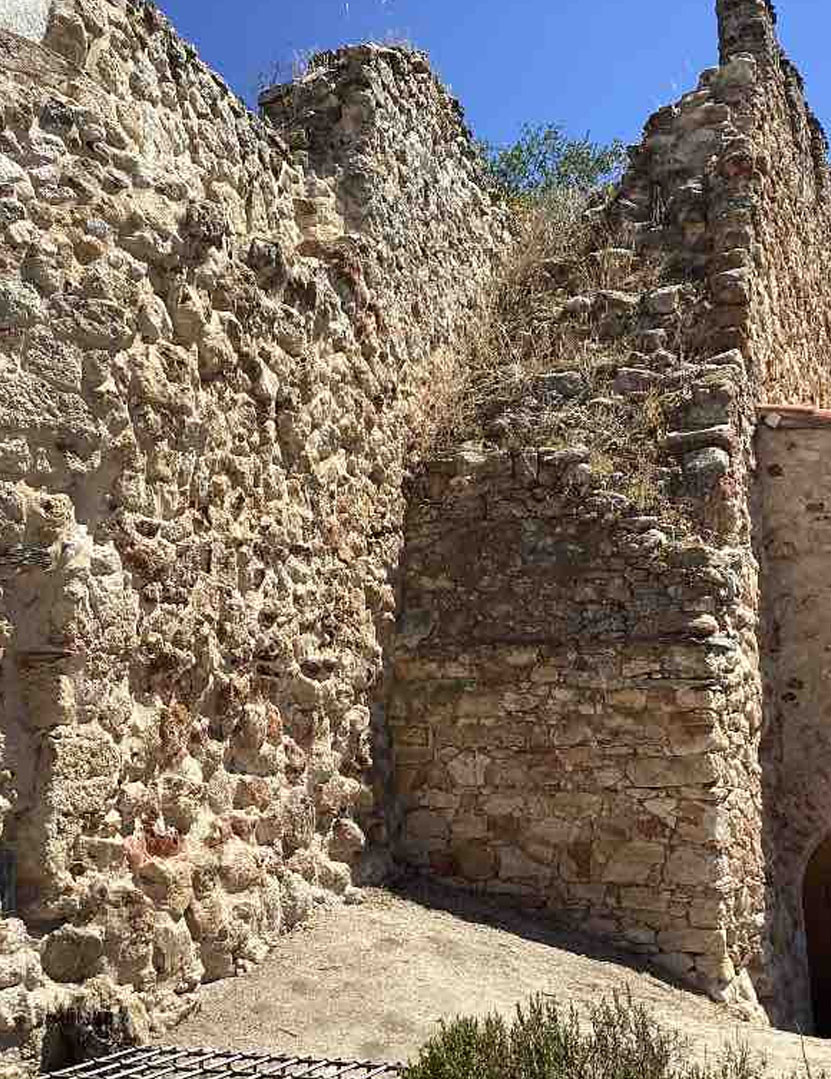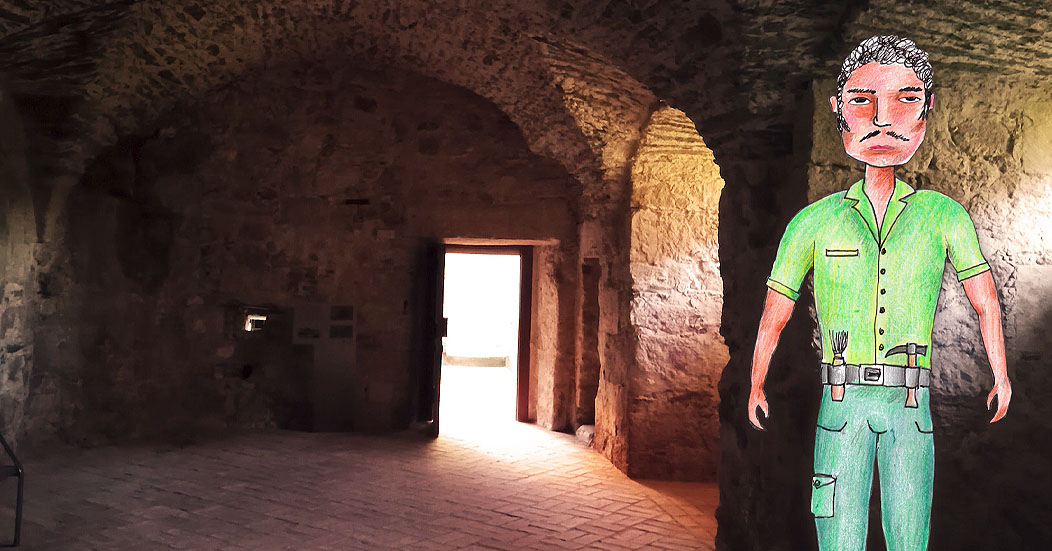FROZEN TREASURES IN TIME
The “Pozo de Nieve” (Snow Well) of Salamanca represents an archaeological treasure dating back to 1738, which has been reclaimed for the city. With a capacity of approximately 223 cubic meters, it was used from 1738 to store snow brought from the Sierra de Béjar in pitchers and sacks. This site not only alleviated the summer heat by preserving food and medicine, but it also connected with the daily practices and vital needs of past eras.
Archaeological work has revealed impressive underground galleries that tell a hidden and mysterious part of Salamanca’s history. These excavations have added a profound significance to the Snow Well, making it more than just a historical relic: it is a living story that resonates with the ingenuity and life of centuries past. The snow, with its white mantle and ethereal silence, evokes emotions and symbols that transform the surrounding landscape both physically and poetically.
Located next to the New Gate of the New Wall, this site invites visitors to listen through the silence, evoking the sensation of walking on a snowy field where only the crunch of compacted snowflakes underfoot can be heard. In this icy environment, legends intertwine with the mist that envelops its walls, turning it into a beacon of mystery in the darkness. Within the intricate underground labyrinth of Salamanca, ancient legends and myths come to life like a fantastic tapestry that has endured through the ages.
Imagine, dear visitor, 18th-century Salamanca, a time of robust walls and streets bustling with the sounds of daily life. In this context, the Snow Well, with approximately 223 cubic meters, begins to be carved into the city's very stone. This enormous 'refrigerator' had the cooling mission of preserving food and even medicines. Until recently, this well was barely a whisper among local legends. It took an exciting archaeological discovery in 2009 to unveil its secrets. The archaeologist Elvira Sánchez, in a captivating excavation, removed layer after layer of history, revealing the well's intact structure.
The primary purpose of the Snow Well was surprisingly pragmatic and vital for old Salamanca. During the summers, when the heat became almost unbearable, the well offered a refreshing relief. With its 7.10 meters in height and 6 meters in diameter, this space housed pressed layers of straw and snow, carefully brought from the heights of the Sierra de Béjar in sacks or clay pitchers on the backs of donkeys during the night to take advantage of the cooler hours. It was an arduous and costly task that contains an entire untold story. Today, who doesn't have one or even two refrigerators at home? But three centuries ago, having snow during the hot months was a genuine privilege of the wealthy and even a cause of disputes. So much so that the importance of a nation often related to whether its king could have snow in the middle of August. For this reason, wells like this one held notable significance.
During the excavation of the Snow Well, archaeologists Elvira Sánchez and Carlos Macarro discovered some underground galleries almost by chance. This finding revealed an ancient system of tunnels carved into the stone to transport water. The exploration of these water-filled cavities sparked rumors about the possible curative and life-prolonging properties of the water found there, although these claims remained in the realm of speculation. Beyond the legends about the water, what truly fascinates are the stalactites that adorn the ceilings of the galleries. These limestone formations, created by moisture over millennia, seemed to come to life in the dim light.
THE LEGACY OF THE
CONVENT OF SAN ANDRÉS_
The Convent of San Andrés, of the Order of Discalced Carmelites, housed the Snow Well among its annexed structures. This well is one of the few remnants of the impressive convent, known in its time as “The Escorial of Salamanca” due to its large dimensions and austere architectural style. Built outside the walls of the Puerta de San Pablo during the 16th and 17th centuries, the convent was a symbol of faith and a masterpiece of architecture, with towers standing at its four corners within a vast rectangular plan.
The Convent of San Andrés not only stood as an architectural monument but also as a witness to the adversities that shaped its fate. Over the centuries, this religious compound was the scene of numerous tragedies, including the great flood of 1626, which caused significant damage. Its eventual destruction marked the loss of one of Salamanca’s largest and most acclaimed buildings. However, in collective memory and in the remnants that endure, such as the chapel of the Third Order of Carmel and the Snow Well, the convent remains a testament to the city’s rich history and cultural heritage.

VIRTUAL TOUR_
We invite you to explore and immerse yourself in the most intriguing corners of this historic site. The tour through the park will take you on a journey through time. Get ready for a unique archaeological adventure.
VIRTUAL TOUR_
We invite you to explore and immerse yourself in the most intriguing corners of this historic site. The tour through the park will take you on a journey through time. Get ready for a unique archaeological adventure.
GUIDED TOURS_
Wednesdays and Fridays: 12:00 p.m.
FREE TICKETS AVAILABLE AT:
salamancaymas.es
Note: Schedules and conditions are subject to change. It is recommended to check the updated information on salamancaymas.es before attending.
THEATRICAL TOURS_
Friday: 7:00 p.m. | Saturday: 12:00 p.m. and 7:00 p.m. | Sunday: 12:00 p.m.
FREE TICKETS AVAILABLE AT:
salamancaymas.es
ACCESSIBILITY_

Requests for sign language interpretation or hearing induction loop must be made at least 48 hours in advance of the visit.
The Snow Well invites the visitor to immerse themselves in the depths of a past that continues to resonate to this day. One simply needs to listen through the silence. It’s as if one were traversing a snow-covered field where only the sound of one’s footsteps can be heard, making the compacted snowflakes crunch underfoot.
PLAN DE SOSTENIBILIDAD TURÍSTICA DE SALAMANCA










